MNT Research
Laptops & PCs
OSH Park
MNT Research
Laptops & PCs
OSH Park
Mobile personal computers are becoming more and more opaque, vendor controlled, and hard to repair. Modern laptops have secret schematics, glued-in batteries, and components not under user control, like the Intel Management Engine or the Apple T2 security chip. Many people decide to tape over the built-in cameras of their laptops because they don’t know if they can trust the device or the software running on it.
Reform goes in the opposite direction. It is designed to be as open and transparent as possible, and to support a free and open source software stack from the ground up. It invites you to take a look under the hood, customize the documented electronics, and even repair it yourself if you like. The Reform laptop has no built-in surveillance technologies, cameras, or microphones, so you can be confident that it will never spy on you. Built not around Intel technology, but NXP i.MX8M with 64-bit ARM Cortex-A53 cores, Reform has a much simpler architecture than conventional laptops. This simplicity also makes for a more pleasant developer experience.
Reform is designed to stay with you for a long time. From open hardware input devices to user-swappable 18650 battery cells, we designed it to be the most repairable and best documented portable computer. We selected its components to strike a good balance between open source and usability.
Reform is not bound to any cloud services, contracts, user agreements, or tracking. You can extend it and customize it as you like, and join the official forum at https://community.mnt.re/ to get support, contribute ideas, and collaborate with fellow users.
Reform doesn’t have any microphones or cameras built in, and Wi-Fi is provided by a removable PCIe card. You can even install your operating system or sensitive work data on an SD card that you can simply eject before travelling. Full-disk encryption is easy to set up with LUKS, and the system has no "management engine" or other remote control features that could be used to attack you.
Instead of following the trend of making ever thinner and smaller devices and sacrificing the typing experience, we decided to put a mechanical keyboard into Reform. Our open-hardware keyboard uses Kailh Choc Brown switches with 3 mm travel and 50 g operating force with n-key rollover and fully customizable firmware.
Reform runs a wealth of free productivity software like LibreOffice and Firefox, Inkscape, Scribus, and GIMP that have matured to easily rival the feature sets of their commercial counterparts while requiring significantly less system resources.
The main SoC family of Reform (i.MX) is well known as an industrial and automotive workhorse that doesn’t easily give up in a bit warmer or colder environments. The modular design of the notebook and a trackball that can be used with gloves makes Reform adaptable to workflows on field sites or in factories.
Emulation and cross-compiling are nice, but Reform has enough performance to be used for editing and compiling software on the "real thing", and is a more convenient all-in-one package than a Single Board Computer with a bunch of dongles.
The GPU in Reform supports OpenGL ES 2.0 through the open-source etnaviv driver that is part of the Linux kernel, and high fidelity audio is delivered by a Wolfson DAC on the motherboard. Reform’s rugged construction and repairability makes it a good fit for live environments.
Because Reform is designed to be taken apart, studied, and reassembled, and our production process is unusually open, it can be a useful prop for teaching electronics engineering (with KiCAD), applied computer science, or lean manufacturing.
The motherboard spans the complete inner width of the device (around 27 cm) and ends with external ports on both sides. It has the following features:
The Reform motherboard is open source hardware designed with the free KiCAD EDA. You can find the sources here:
The CPU, GPU, and hardware implementations of standard interfaces like USB 3.0, PCIe, and MIPI DSI are all located in the NXP i.MX8M, which is called a System-on-Chip (SoC). This SoC supports LPDDR4 memory, which in our case has 4 GB capacity. The SoM features an Atheros Ethernet PHY chip (AR8035). Both SoC and memory chips sit on a System-on-Module (SoM) that we source from Boundary Devices, a US company that specializes in i.MX reference designs. We selected their "Nitrogen8M SOM" module for Reform because it is the only available module for which you can download the complete schematics and understand what every component does. The SoM plugs into the Reform motherboard’s central 200-pin SO-DIMM connector. This means that anyone will be able to design a replacement SoM to power Reform with a completely different CPU or an FPGA, for example.
We developed a custom aluminum heatsink for the i.MX8M that allows Reform to run fully passive-cooled, eliminating the need for a fan.
The black-anodized and sand-blasted aluminum case, designed by industrial designer Ana Dantas, is one of the aspects of Reform we’re the most proud of. We made one more iteration to improve haptics and assembly ergonomics/speed and ended up with 5 CNC milled parts:
For easy (dis)assembly, Reform uses only M2 screws with Phillips-head everywhere (with one exception: M4 on the hinges).
When closed, the case is held shut by 8 little neodymium bar magnets which are located in the front edge of the screen enclosure and in the front of the main box.
The port arrangement features on the left side:
On the right side:
When not connected to a wall adapter, Reform is powered by 8x 18650 LiFePO4 battery cells. Each has a nominal voltage of 3.2 V, and all cells are linked in series, which means an operating voltage of 28.8 V. This arrangement has the upside that we can monitor and balance each cell individually. You don’t have to factory-match cells like you would have to in a parallel arrangement. You can buy replacement cells for Reform for around 2.50 EUR each. The LiFePO4 chemistry trades some energy density for many advantages:
We have teamed up with Fully Automated Technologies to help us optimize Reform’s power system for the final motherboard revision. Our goals were to be able to charge from a wide range of voltage inputs and to squeeze out more efficiency from buck voltage conversion.
The hinges for Reform are made by Smooth Group, model number SMS-ZZ-219. These are the same that we used in Reform version 1. They are very robust and allow the Reform screen to be opened to an angle of over 180 degrees.
We iterated on the keyboard several times to arrive at a layout that is a successful tradeoff between ergonomics and cost:
The keyboard not only works as a USB HID device, but it also has a direct UART cable connection to the system controller on the motherboard. By pressing the circle key, you can interact directly with the system controller, bypassing the main SoC. To give you visual feedback for this interaction, we added a tiny 128 x 32 pixel OLED on top of the keyboard. From here, you can check charger and battery cell status/health without any operating system support on the main SoC (even while you’re still installing an OS). The keyboard OLED and direct interaction mechanism has more potential future uses, like a password manager/wallet or notification display.
Keyboard Sources:
The display used in Reform is a 12.5" IPS eDP (embedded DisplayPort) panel from Innolux, model number N125HCE-GN1, with 24-bit color and 1920 x 1080 pixels. It is sharp, bright, and a pleasure to do text work on. It has a great color gamut for watching movies, as well. We ordered custom 30 pin I-PEX cables to connect it to the motherboard’s eDP 2 mm DuPont header. Brightness is controlled directly by a PWM output pin of i.MX8M and works with standard Linux backlight drivers/tools.
We employ two 1 W mobile speakers by PUI Audio (AS01808AO-3-R). These are mounted directly below the display.
This is the optical trackball module for the MNT Reform. In addition to precise X/Y tracking of the POM ball, it features five buttons (three mouse buttons and two wheel mode buttons). The keyswitches are Kailh Choc Browns. The controller is an ATmega32u2 with open source firmware that presents the trackball to the system as a USB HID mouse. The USB signals are on a 4-pin JST-PH connector. Includes fitting JST-PH cable to connect to MNT Reform internal UI1 or UI2 header.
As a maker, you can also use this module to easily add a trackball to your own project. The trackball is fully open source hardware.
Check the MNT Reform Operator Handbook for more detailed information on the trackball.
This is the multitouch capacitive trackpad module for the MNT Reform. The tracking is performed by an Azoteq TPS65-201A-S module. The controller is an ATmega32u2 with open source firmware that presents the trackpad to the system as a USB HID mouse. The USB signals are on a 4-pin JST-PH connector. Includes fitting JST-PH cable to connect to MNT Reform internal UI1 or UI2 header.
The surface of the module is smooth frosted glass with a black backprint. A rubber gasket on three sides protects the glass from forces when inserted into the aluminum casing of MNT Reform.
As a maker, you can also use this module to easily add a trackpad to your own project. The trackpad, except for the Azoteq module itself, is open source hardware.
Check the MNT Reform Operator Handbook for more detailed information on the trackpad.
Reform is open source hardware certified by OSHWA (Open Source Hardware Association): DE000017.
Licenses are:
A ready to go, open hardware MNT Reform laptop, Debian GNU/Linux 11 on SD card, and 110/230 VAC power supply (power outlet cords sold separately). Comes with QWERTY-US keyboard and a Trackball module. Not included: Wi-Fi card, Wi-Fi antenna, SSD, or power outlet cord.
Contains:
Does not contain:
The default MNT Reform does not include a Wi-Fi card, Wi-Fi antenna, SSD, or power outlet cord. Please order these items separately if needed.
You assemble MNT Reform yourself from the individual boards, display and case parts, and print the manual on your own (if you want). All circuit boards are populated; no soldering required. Save some money and have a great learning experience building your own laptop. Not included: Trackball or Trackpad module, Wi-Fi card, Wi-Fi antenna, SSD, or power outlet cord.
Contains:
Does not contain:
The MNT Reform DIY Kit does not include a Trackball or Trackpad Module. If you order the DIY Kit, please order a Module to go with your Reform.
The MNT Reform DIY Kit does not include a Wi-Fi card, Wi-Fi antenna, SSD, or power outlet cord. Please order these items separately if needed.
"... being able to swap-out parts when they’re broken or for upgrades, is something the others should strive to include in their respective platforms."
"Inside and out, the Reform fully embodies the maker spirit to reuse and repurpose. You just don’t get that kind of experience from a cold aluminum MacBook."
"Every single inch of this uniquely positioned notebook has been designed to be as hacker, user, and open source friendly as possible. It also boasts some seriously unexpected touches, like a mechanical keyboard, a 5-button trackball..."
"The MNT Reform is a laptop designed for folks who want to be able to understand, modify, and truly understand every aspect of their computer."
"Le MNT Reform est une machine 100% Open Hardware, elle est conçue pour des gens qui veulent comprendre comment marche un outil informatique, comment c’est construit et quels rouages logiciels sont en jeu pour fonctionner."
"While the MNT Reform is vastly different than many laptops on the market, it feels like a love letter to the open source community."
"It’s open to a fault, from the bits in the flash to the atoms in the aluminum."
Produced by MNT Research in Berlin, Germany.
Sold and shipped by Crowd Supply.
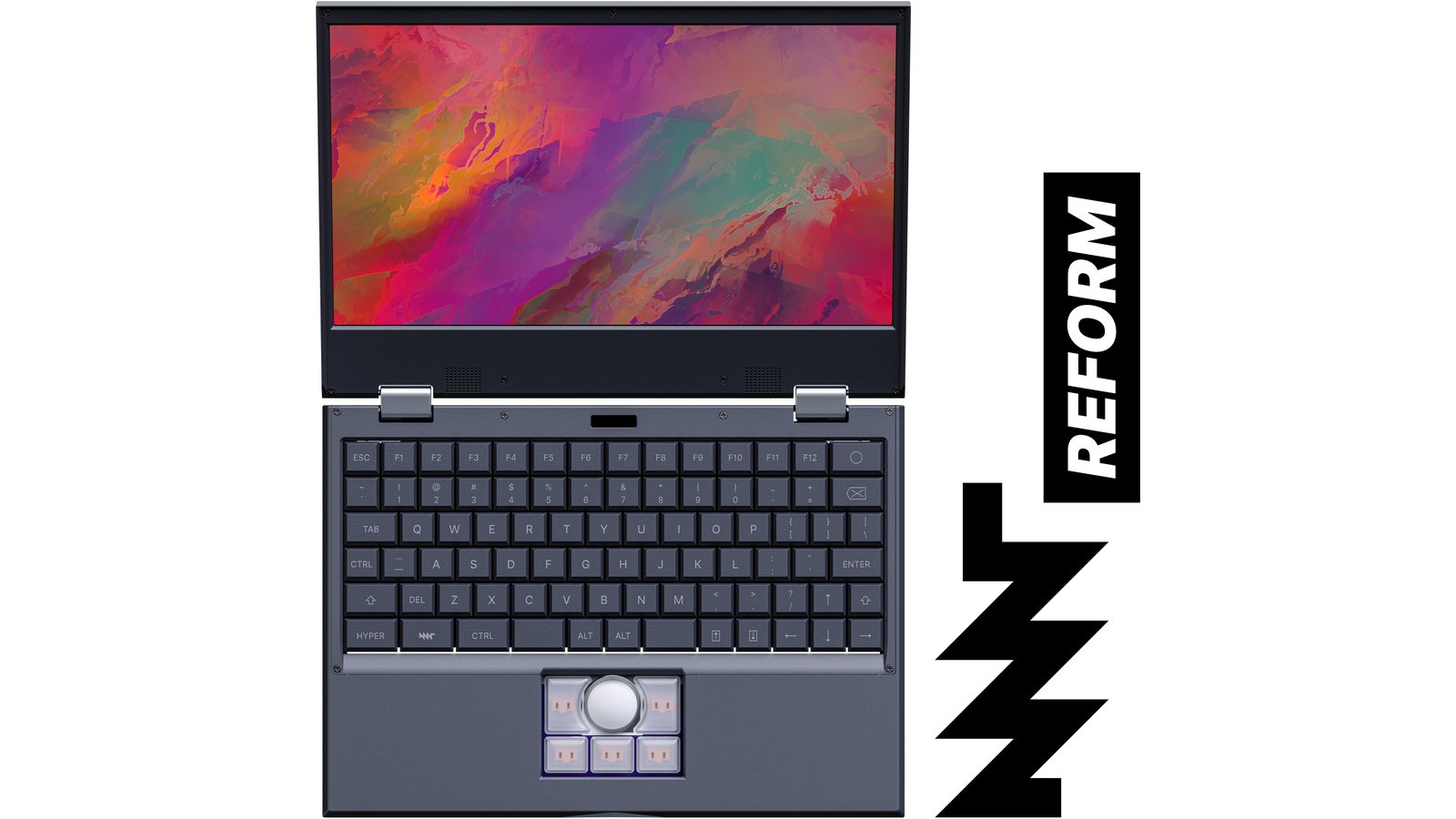
A ready to go, open hardware MNT Reform laptop, Debian GNU/Linux 11 on SD card, and 110/230 V power supply (power outlet cable sold separately). Comes with QWERTY-US keyboard and Trackball module pre-installed. NOT INCLUDED: Wi-Fi card, SSD, power outlet cable.

A ready to go, open hardware MNT Reform laptop, Debian GNU/Linux 11 on SD card, and 110/230 V power supply (power outlet cable sold separately). Comes with QWERTY-US keyboard and Trackpad module pre-installed. NOT INCLUDED: Wi-Fi card, SSD, power outlet cable.
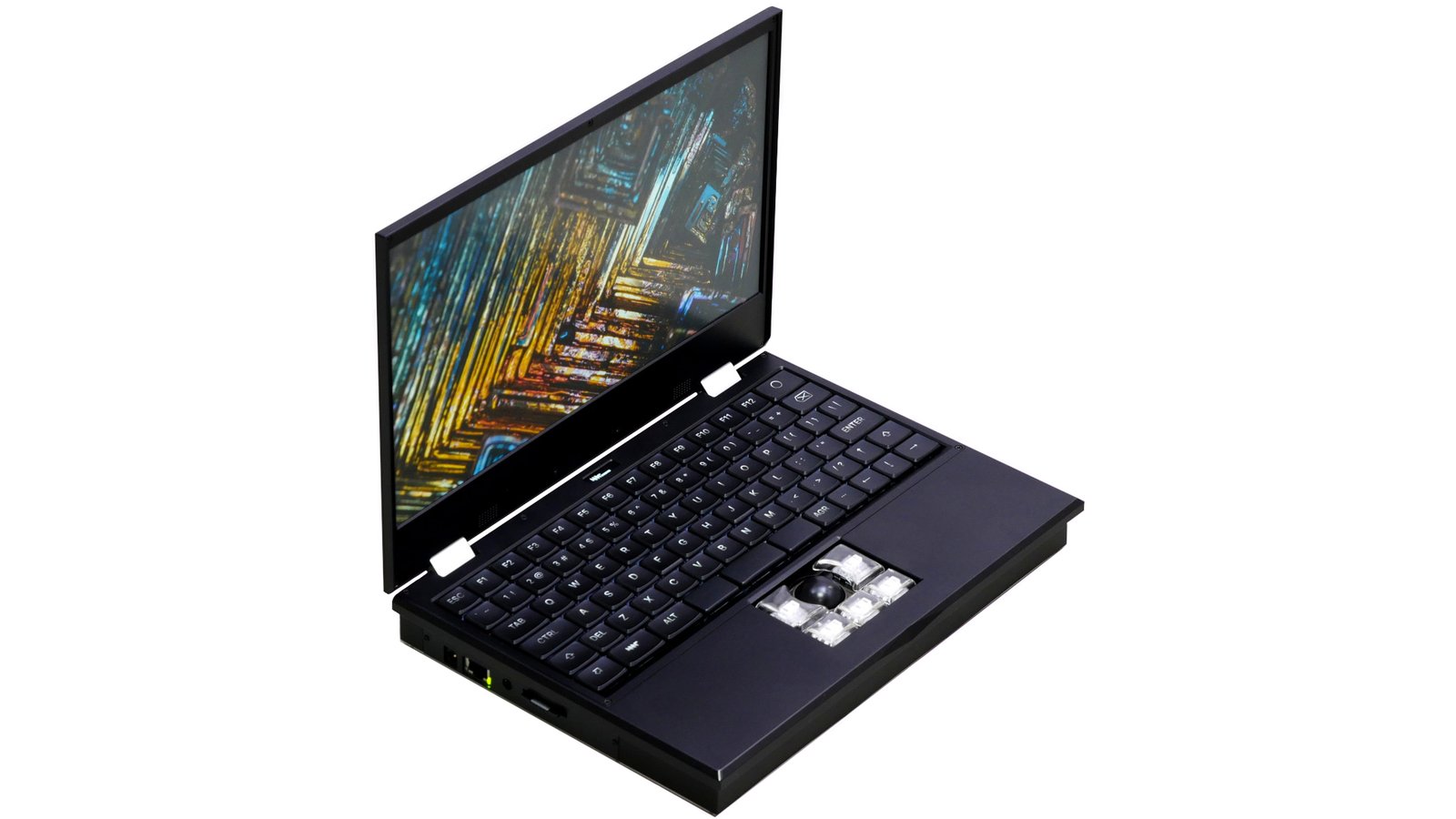
An upgraded and improved version of the original MNT Reform laptop. New feature highlights: - Amlogic A311D hexacore processor with 2-3x performance and ARM Mali GPU with GLES 3.1 - WiFi 5 + BT 5 integrated - A new keyboard layout with traditional stagger, homing keycaps, and anti-flexing bars - Motherboard V2.5 with small fixes and improvements - Battery boards with integrated protection chips for each cell - Steel port covers

You assemble MNT Reform yourself from the individual boards, display, and case parts. All circuit boards are populated; no soldering required. Ships with a QWERTY-US keyboard (keycap sets with other printing sold separately), a 110/230 V power supply (power outlet cables sold separately), and batteries. NOT INCLUDED: Trackpad or Trackball module, Wi-Fi card, SSD, power outlet cable.
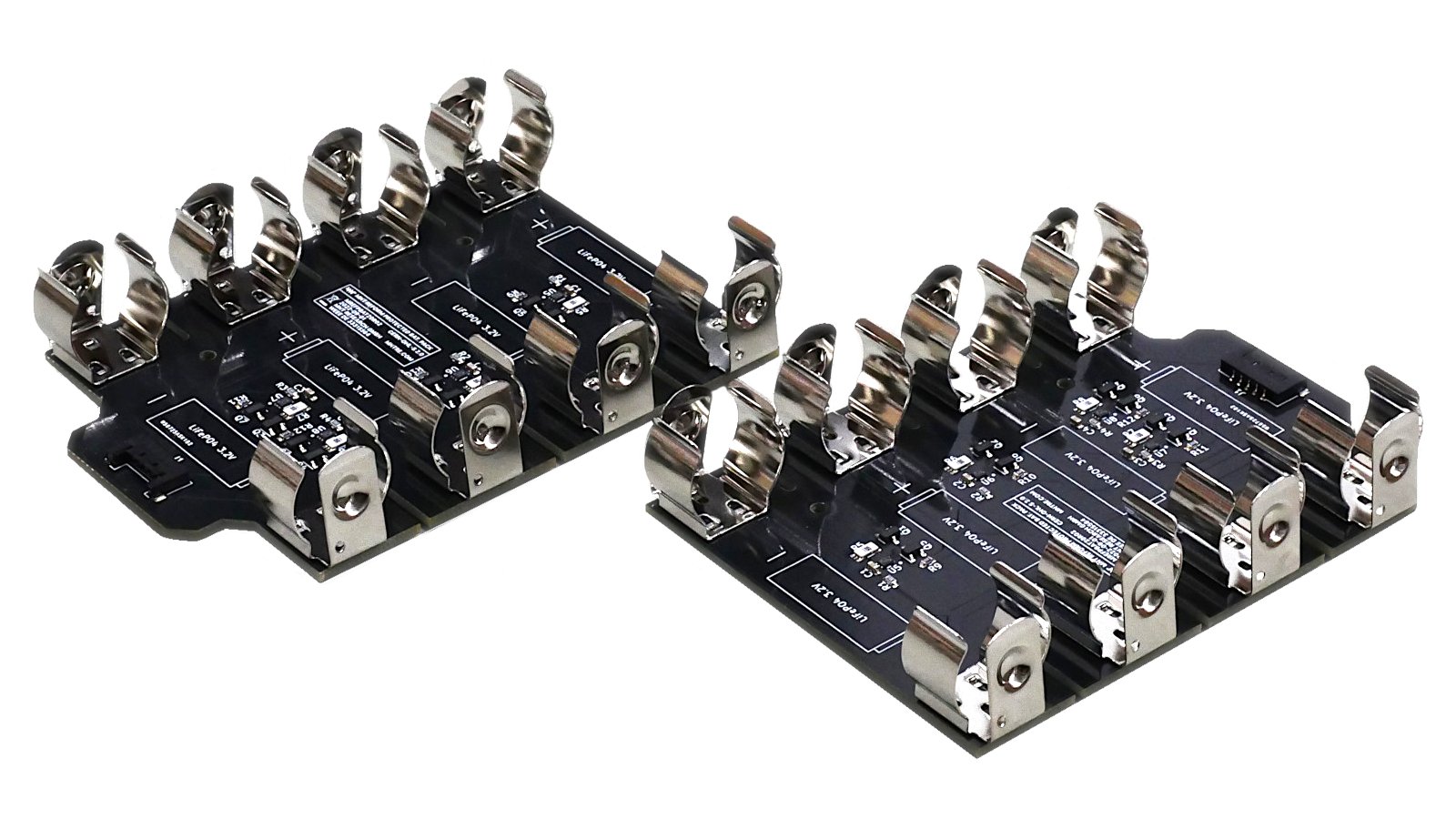
Protects your LiFePO4 cells and gives you peace of mind when leaving MNT Reform uncharged for a longer time. Features: Undervoltage, overvoltage, overcurrent protection. Drop-in replacement. 1 pair (2 pieces).
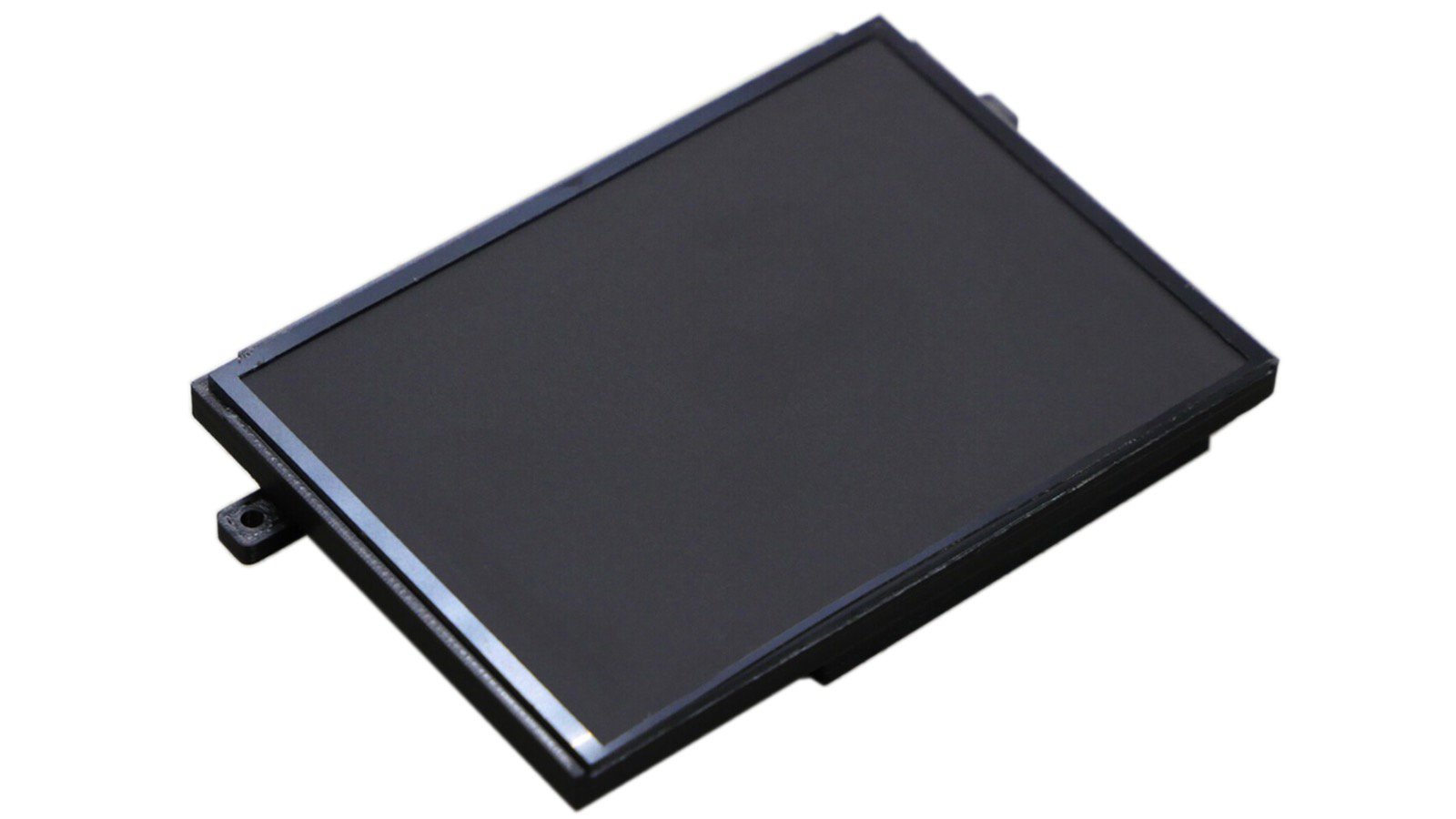
A multitouch capacitive USB trackpad module.
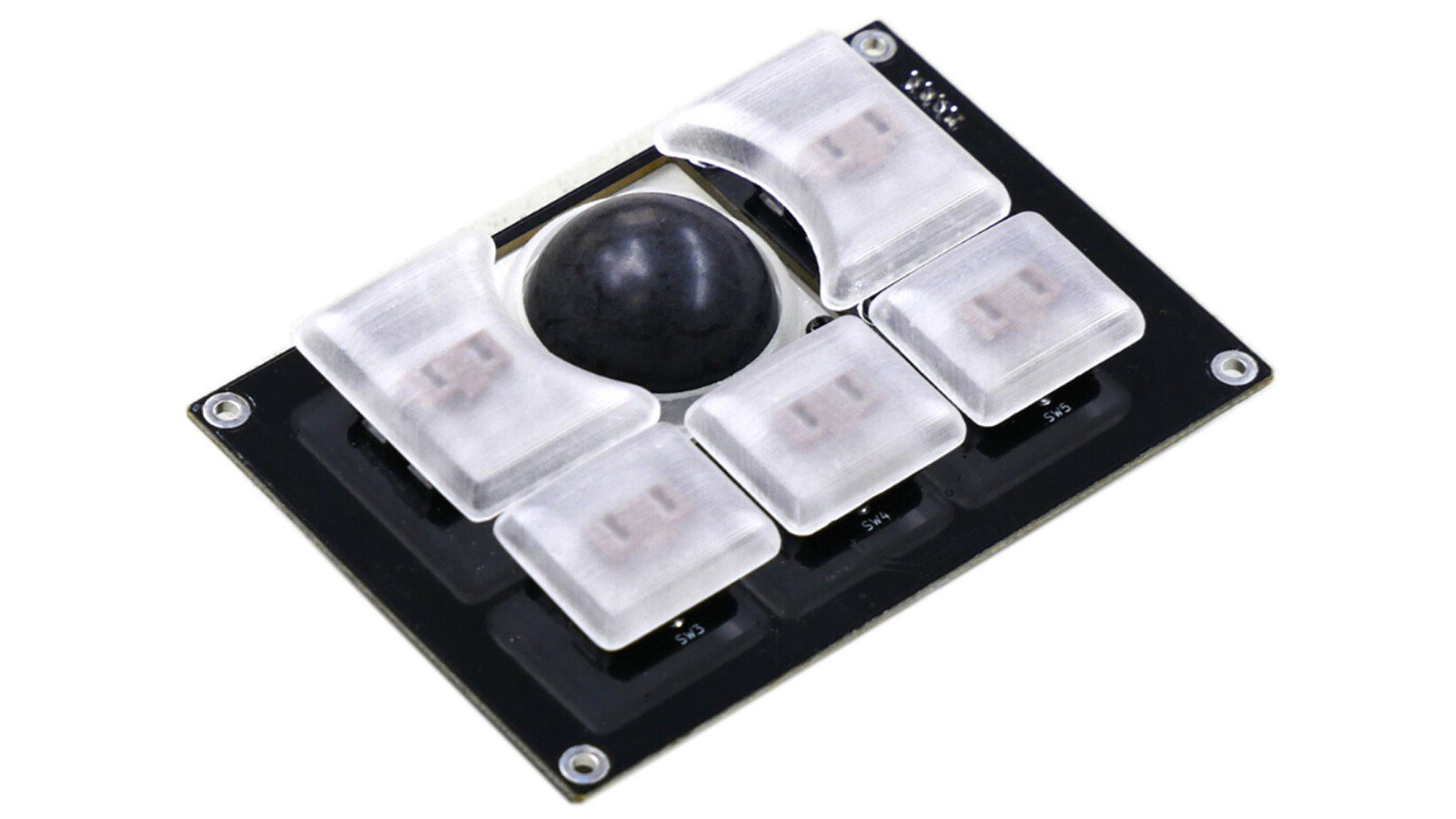
An optical USB trackball module with 5 Kailh Choc Brown keyswitches.
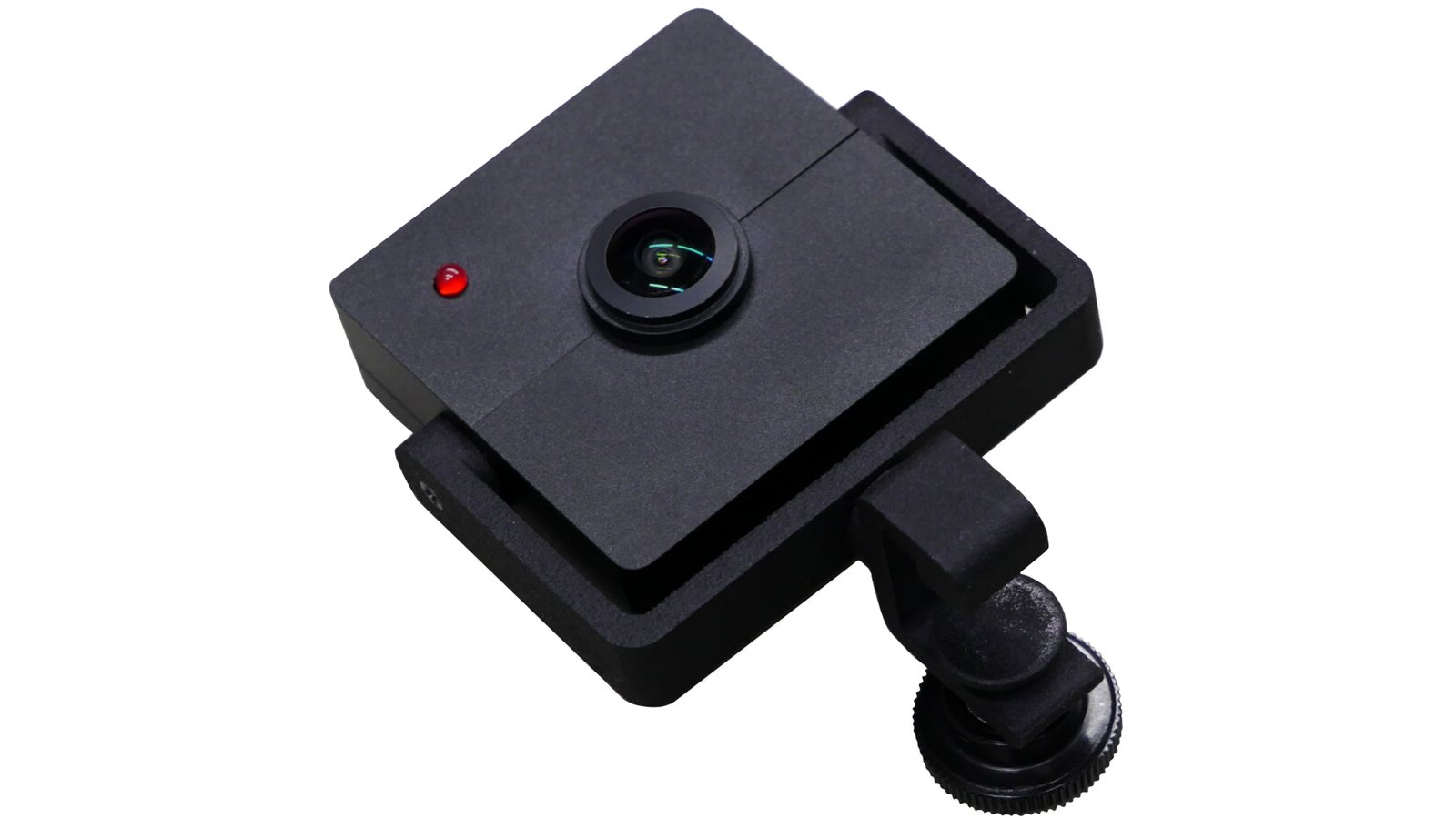
This is the open hardware camera add-on for the MNT Reform open hardware laptop. The camera can also be used with any other USB capable computer—it has a Type-C connector with USB 3.0 and 2.0 signals. It provides an open and customizable solution for HD video telephony.
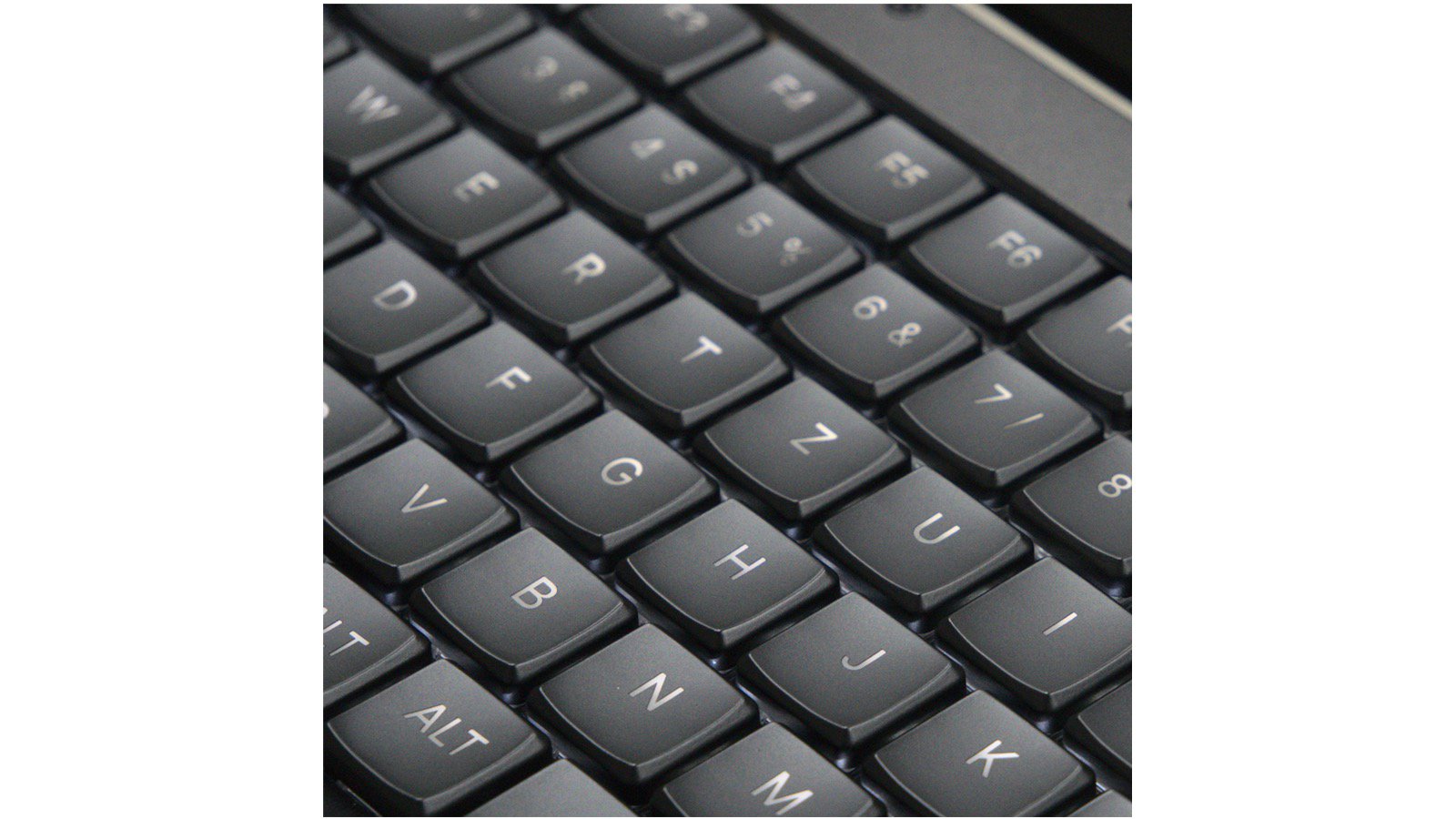
A set of keycaps to swap out on your Reform keyboard.
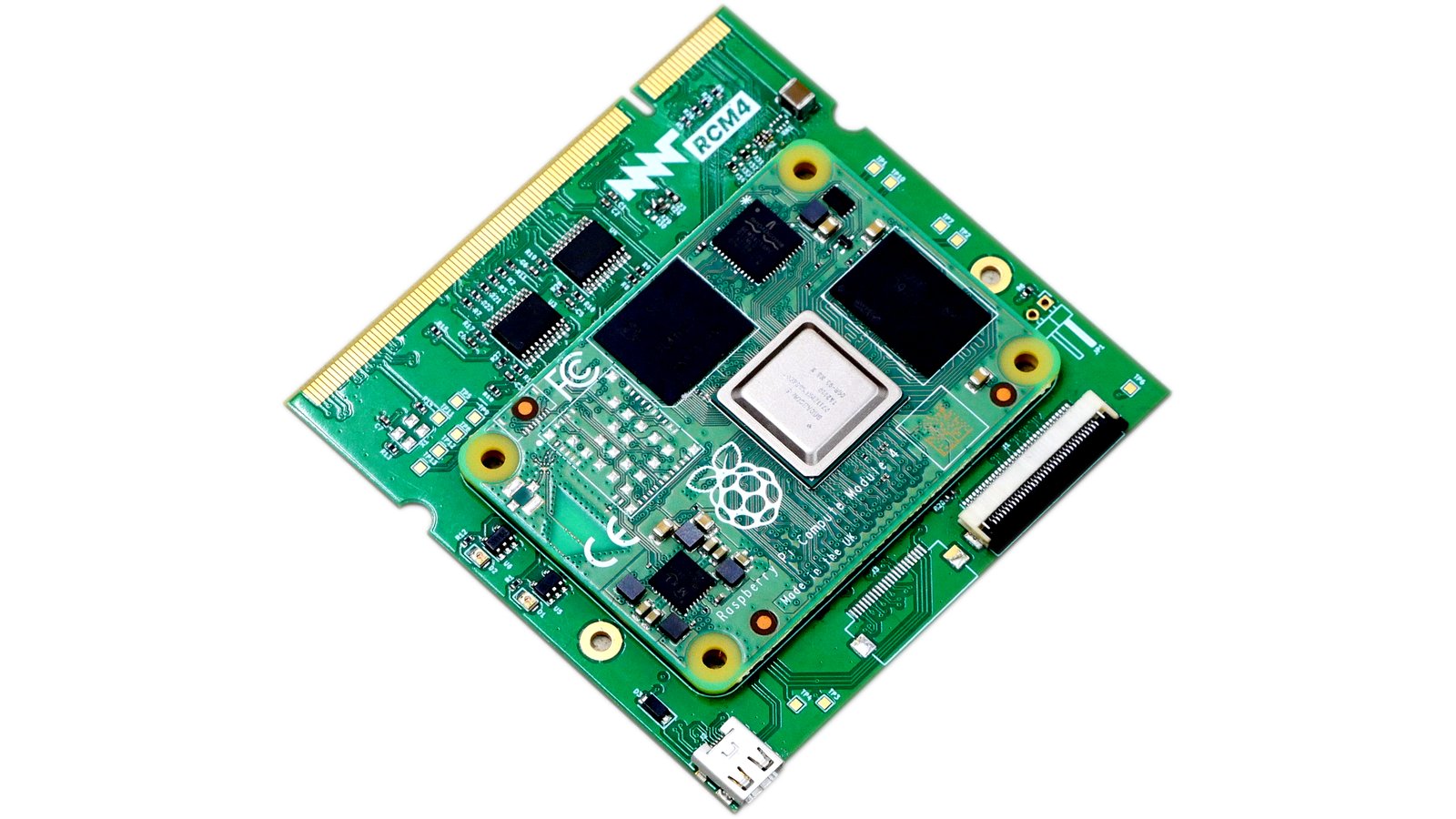
(DOES NOT INCLUDE CM4 MODULE) MNT RCM4 is a flexible solution for integrating the Raspberry Pi CM4 compute module and compatibles (such as BPI-CM4) into MNT Reform and MNT Pocket Reform. The kit contains our internal HDMI to eDP adapter and a universal heatsink.
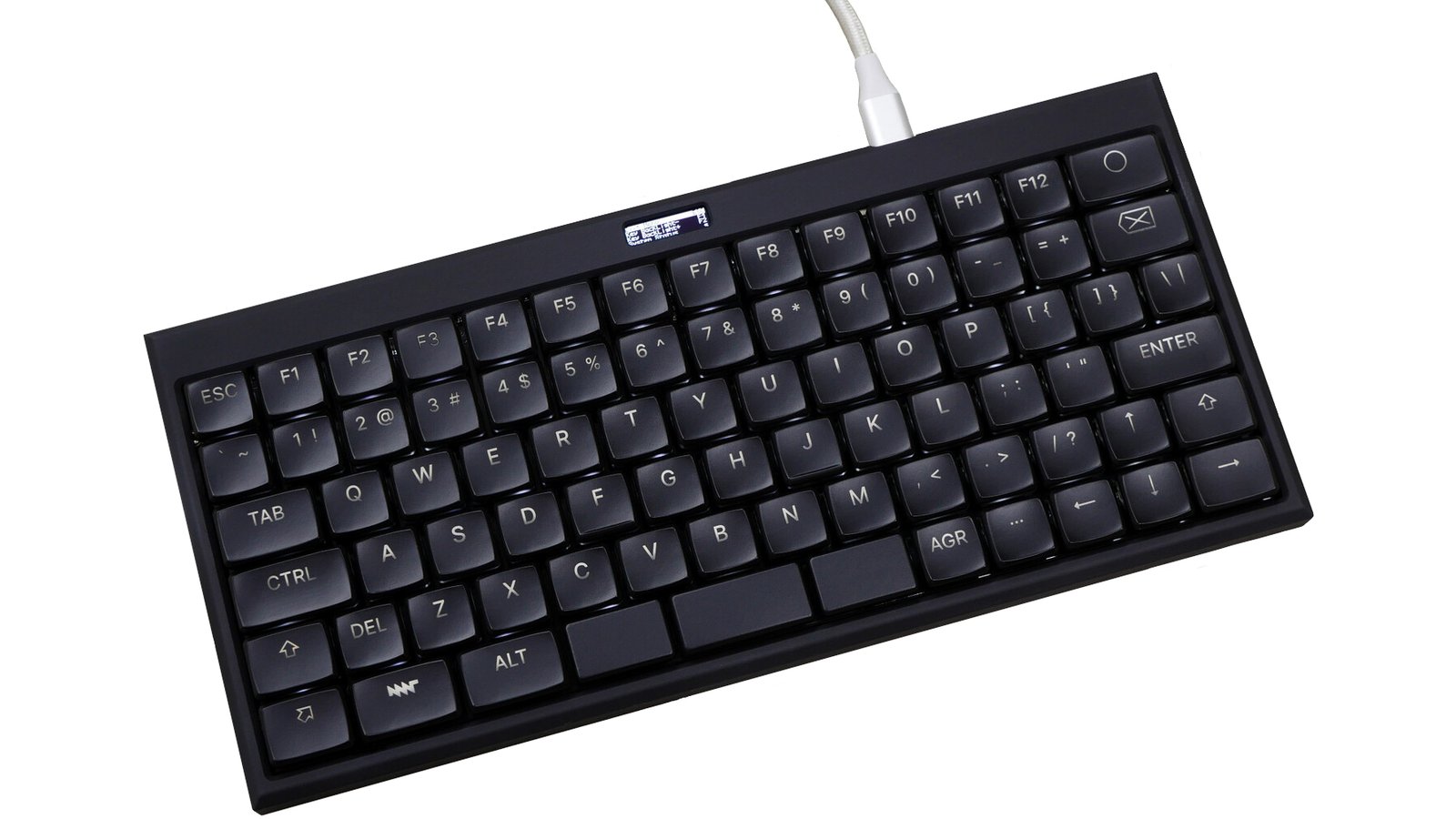
A compact and slim mechanical keyboard designed for comfort and portability. Robust laser-etched legends and dimmable WLED backlight. Smooth but exact haptics: custom FKcaps MBK concave and convex keycaps. Kailh Choc Brown tactile keyswitches. Completely open hardware and open-source firmware. N-Key rollover: Diodes on every keyswitch prevent ghosting. 126x32 pixel customizable OLED menu. Works with any computer with USB: The keyboard has a single USB-C port with USB2.0 signalling.
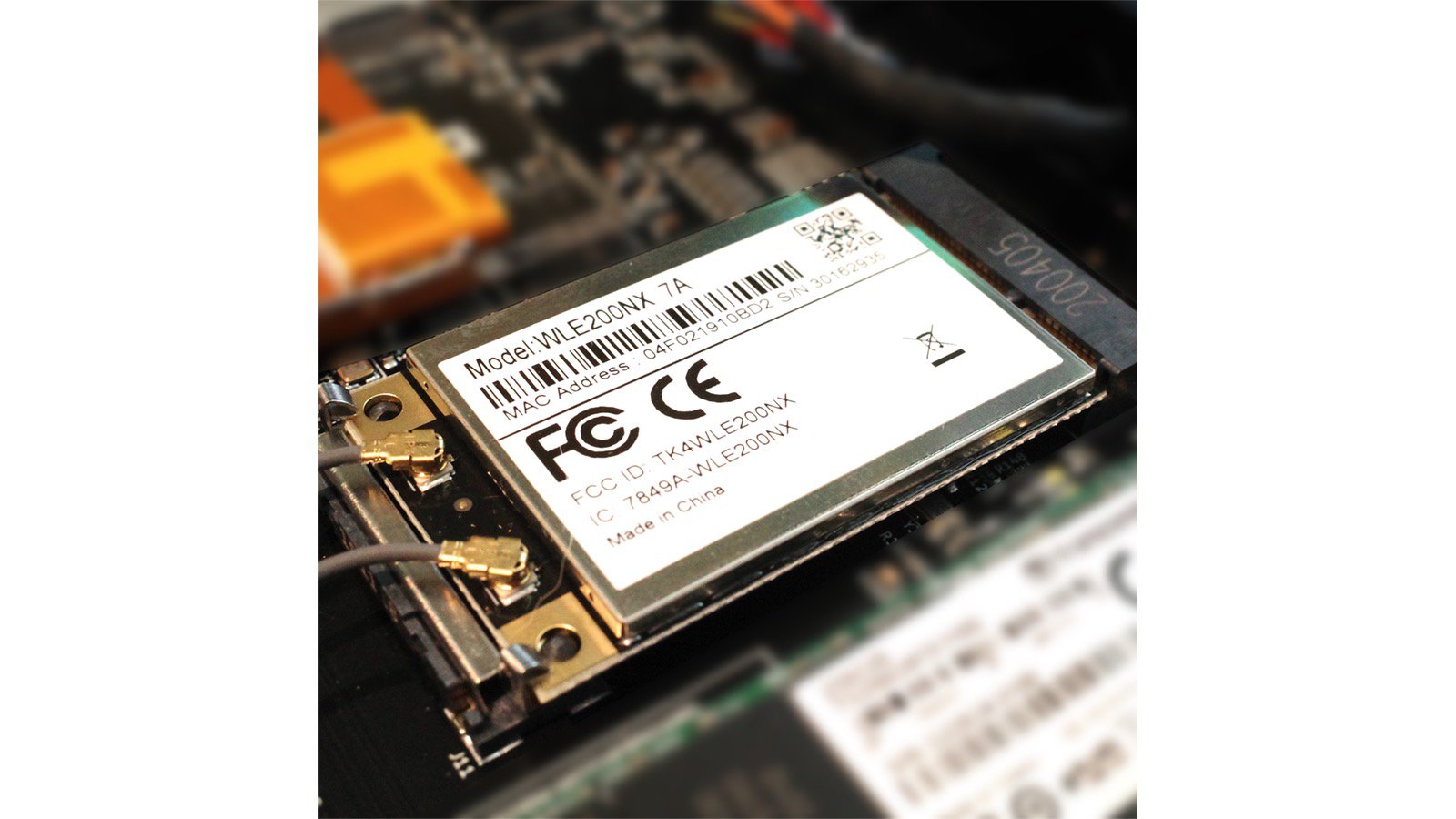
A COMPEX WLE200NX 802.11n mPCIe Wi-Fi card. Uses open ath9k drivers.
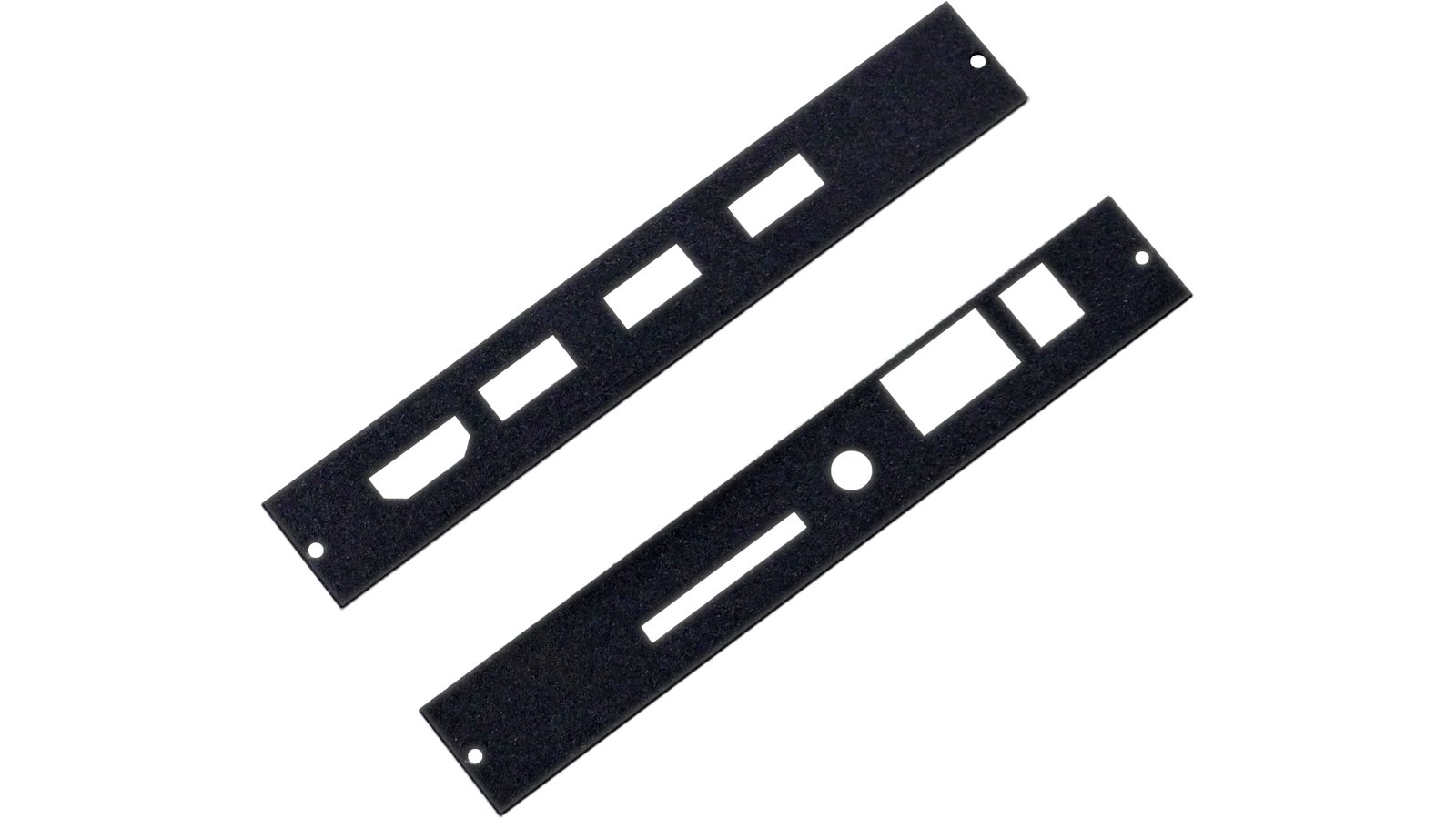
The new black powder-coated Port Covers are two pieces of laser cut steel (1mm deep) that cover the side openings of the MNT Reform laptop.
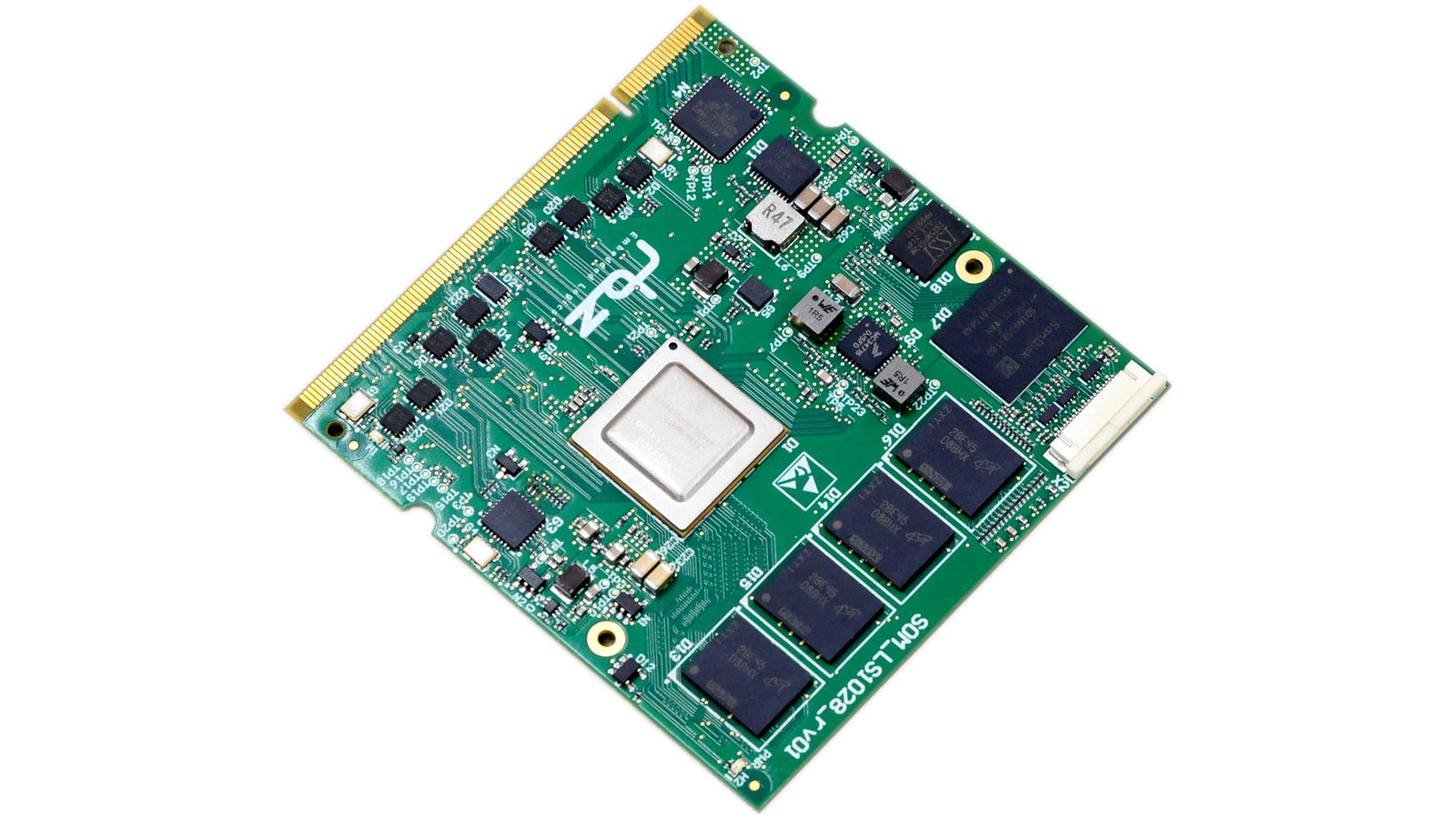
This is the open hardware system-on-module featuring the NXP Layerscape LS1028A processor and 16GB of DDR4 RAM. LS1028A has 2x ARM Cortex-A72 cores and a Vivante GC7000UL GPU. LS1028A can drive external GPUs (adapter required). It can be used in the MNT Reform open hardware laptop or in any other custom device. Design files of this processor module are published under the CERN OHL.

From the Crowd Supply Basics project.
A Molex 208482-0100 flexible-PCB 2x2 MIMO Wi-Fi (2.4/5 GHz), BT, and Zigbee antenna with adhesive backing and I-PEX MHF connectors.
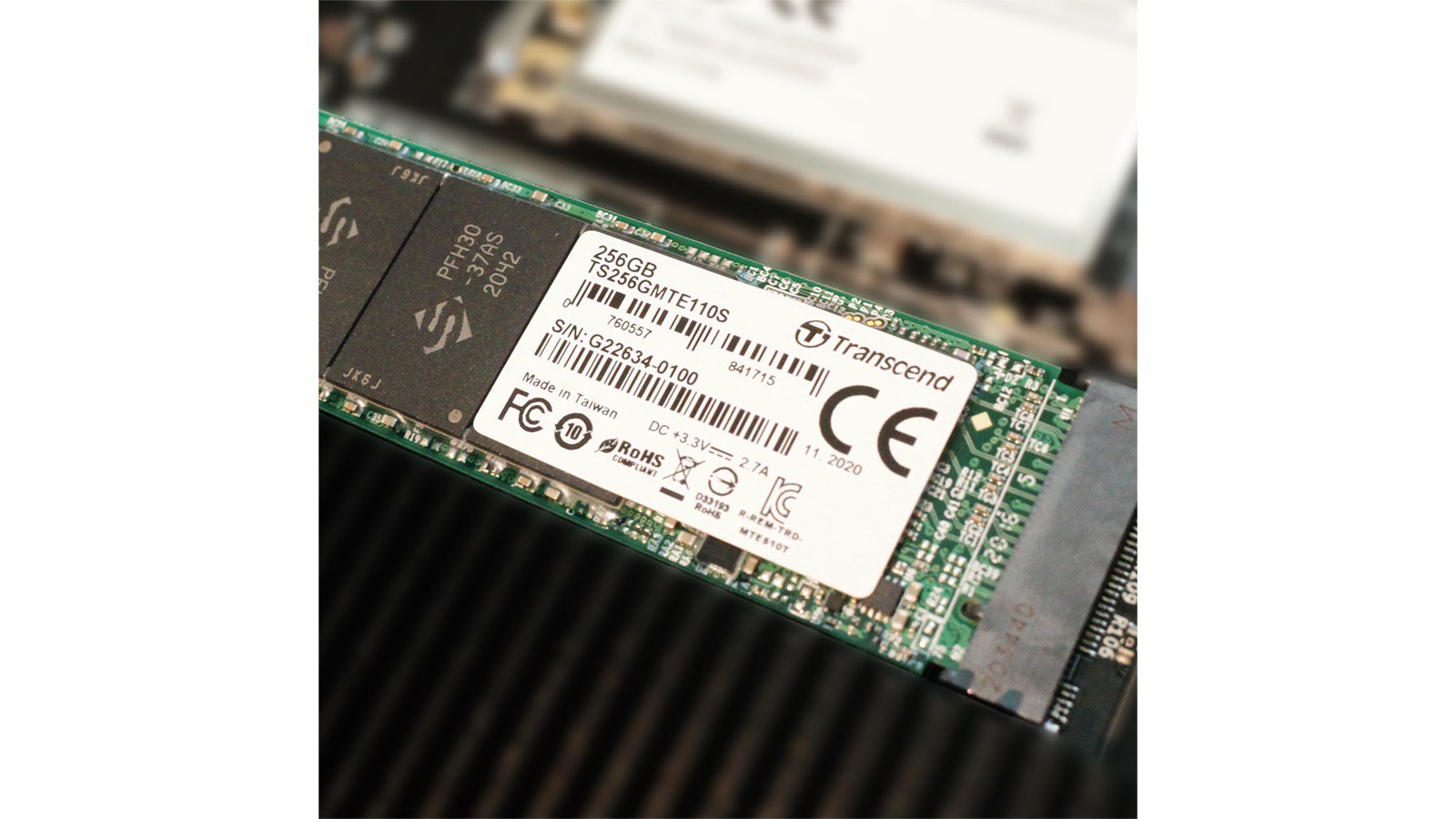
Transcend 110S M.2 PCIe NVMe solid state drive. Features PCIe Gen3 x4 speeds and 3D NAND flash. Use as a boot drive or for additional fast storage. Available in 256 GB, 512 GB, and 1 TB capacities.
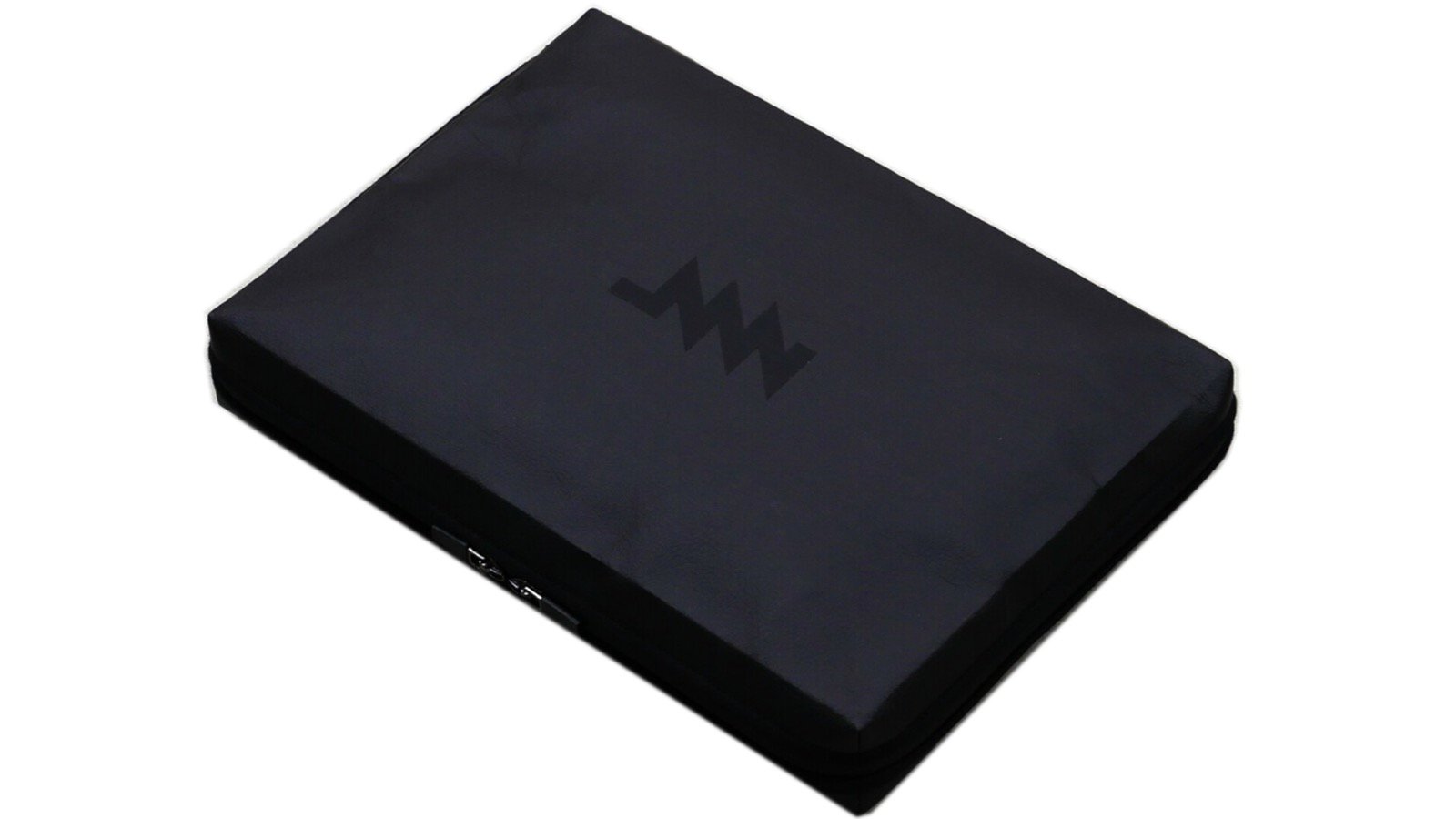
A custom Black Piñatex leather sleeve (vegan) made in Berlin by fashion designer Greta Melnik.

An official hardcopy manual accompanying the MNT Reform open hardware laptop. Covers everything from Linux basics to mechanical parts and electronics schematics.
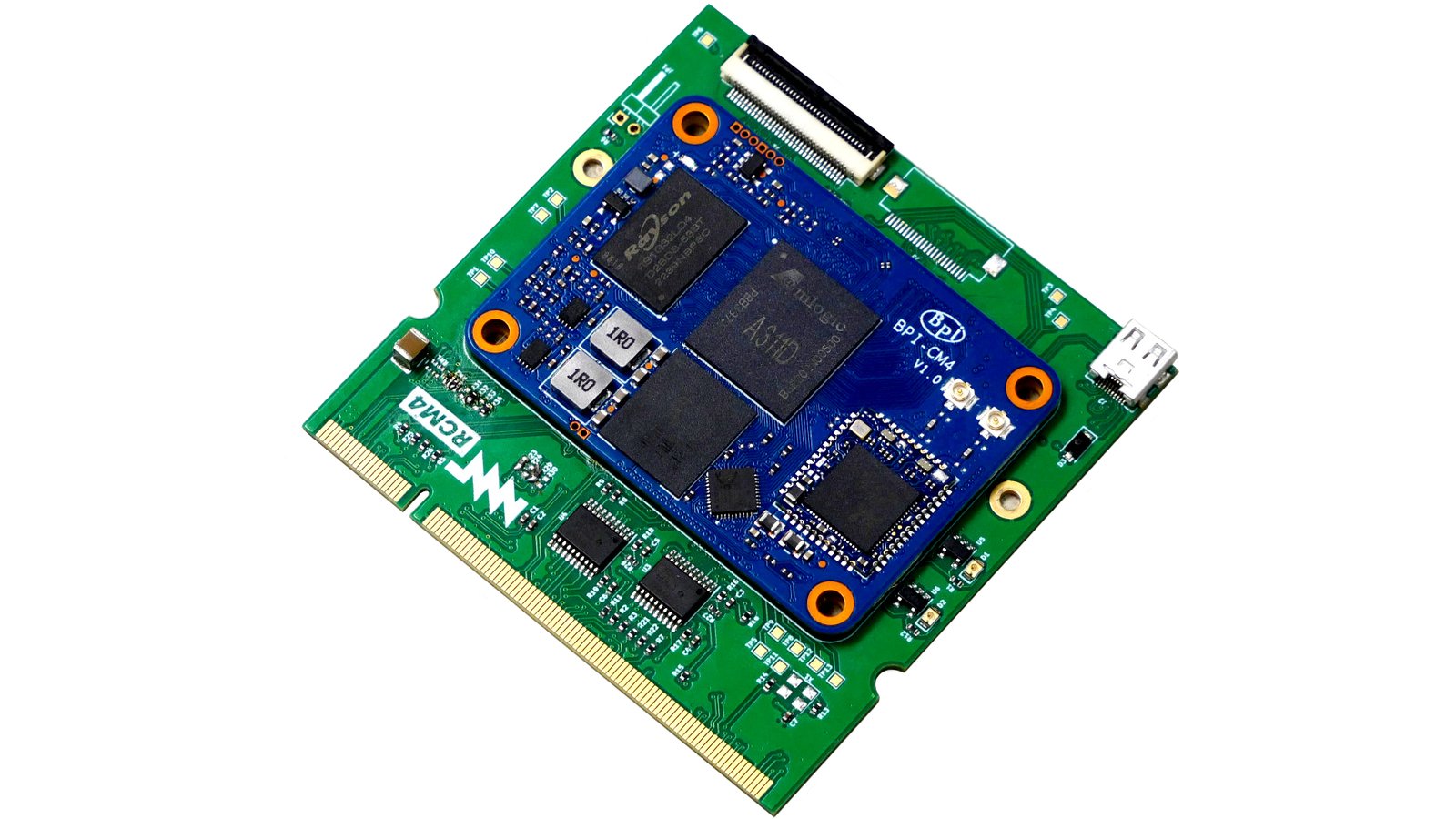
This bundle is a low-cost way to boost the performance of your MNT Reform by 2x-3x. It includes the MNT Reform CM4 adapter (RCM4), a Banana Pi CM4 module with hexacore Amlogic A311D processor, 4GB DDR4 RAM and a universal aluminum heatsink. The A311D has 4x ARM Cortex-A73 and 2x ARM Cortex-A53 cores, as well as an ARM Mali G52 MP4 GPU that works with Panfrost open-source drivers. Features RTW88 WiFi/BT combo module.
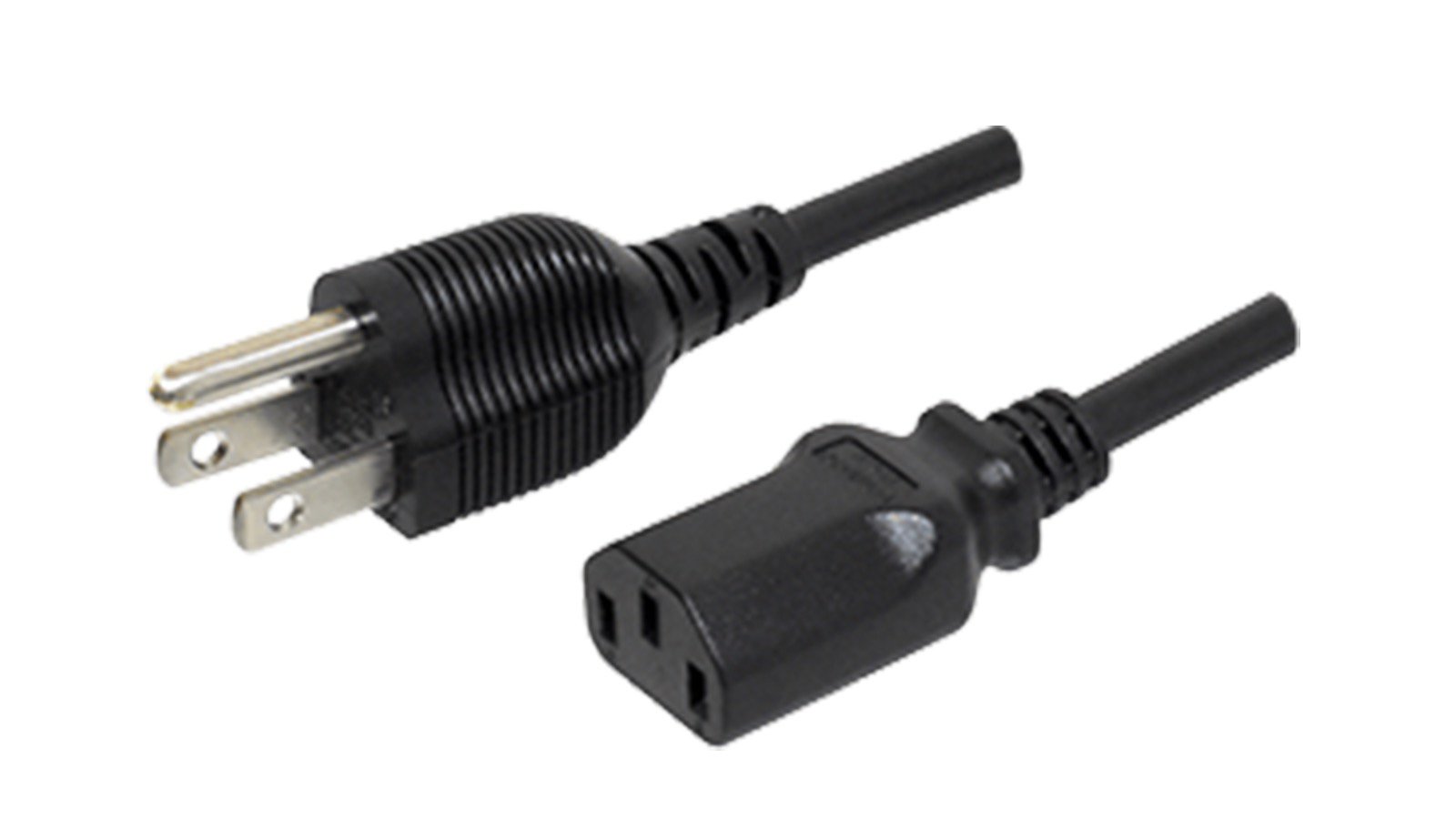
From the Crowd Supply Basics project.
An AC cable with a US plug and a C13 plug to fit a C14 port.
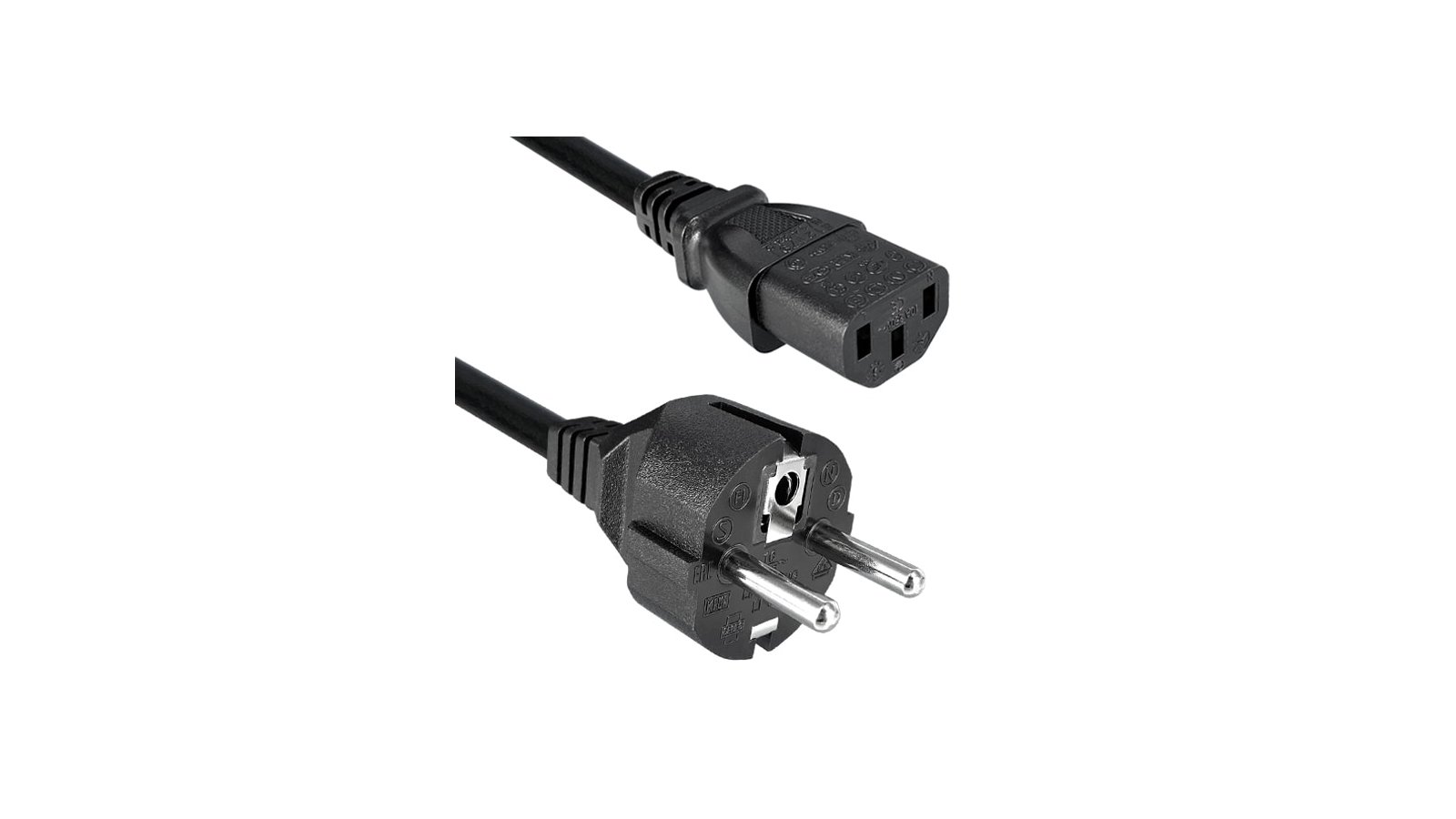
From the Crowd Supply Basics project.
An AC cable with an EU plug and a C13 plug to fit a C14 port.
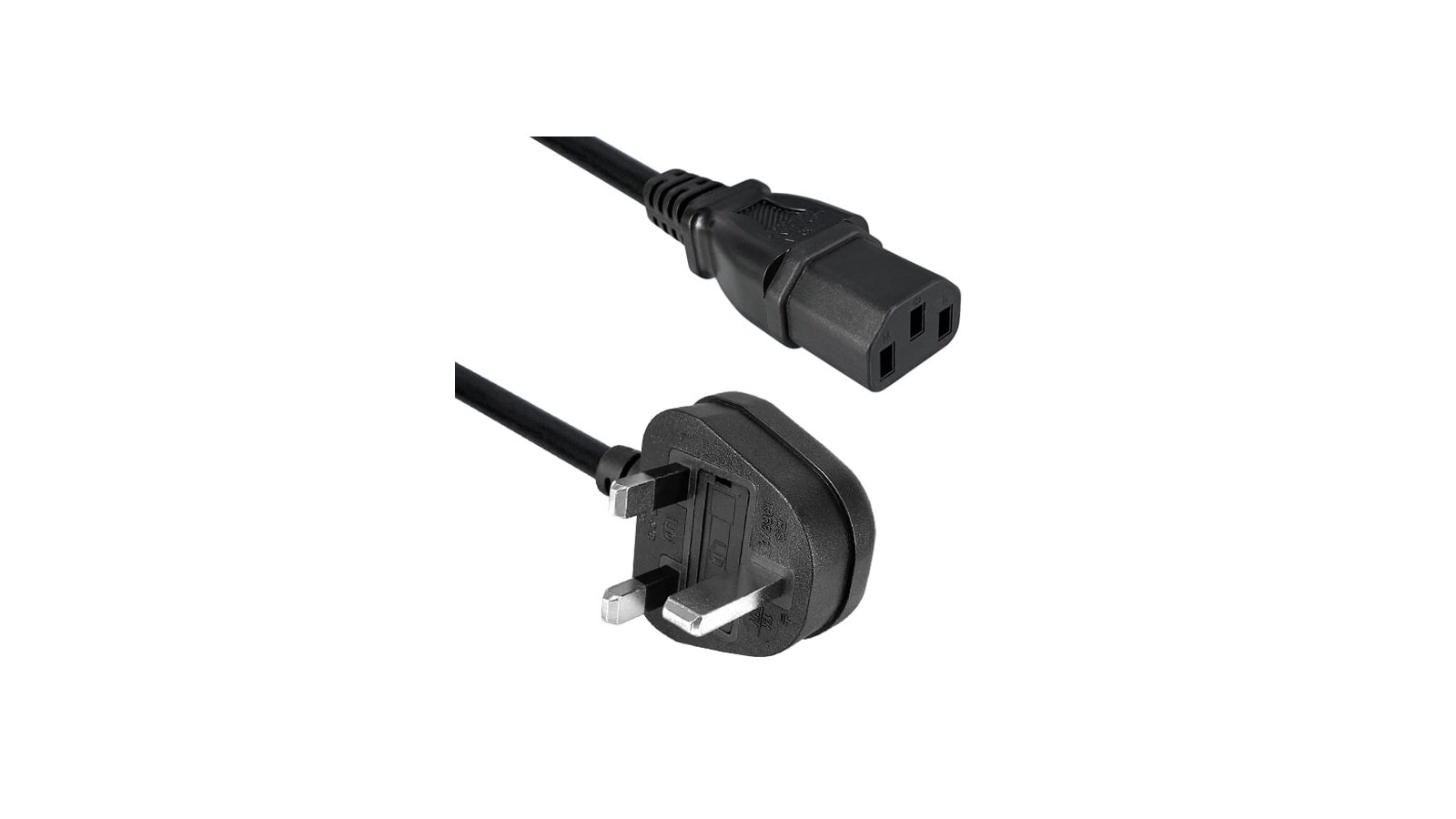
From the Crowd Supply Basics project.
An AC cable with a UK plug and a C13 plug to fit a C14 port.
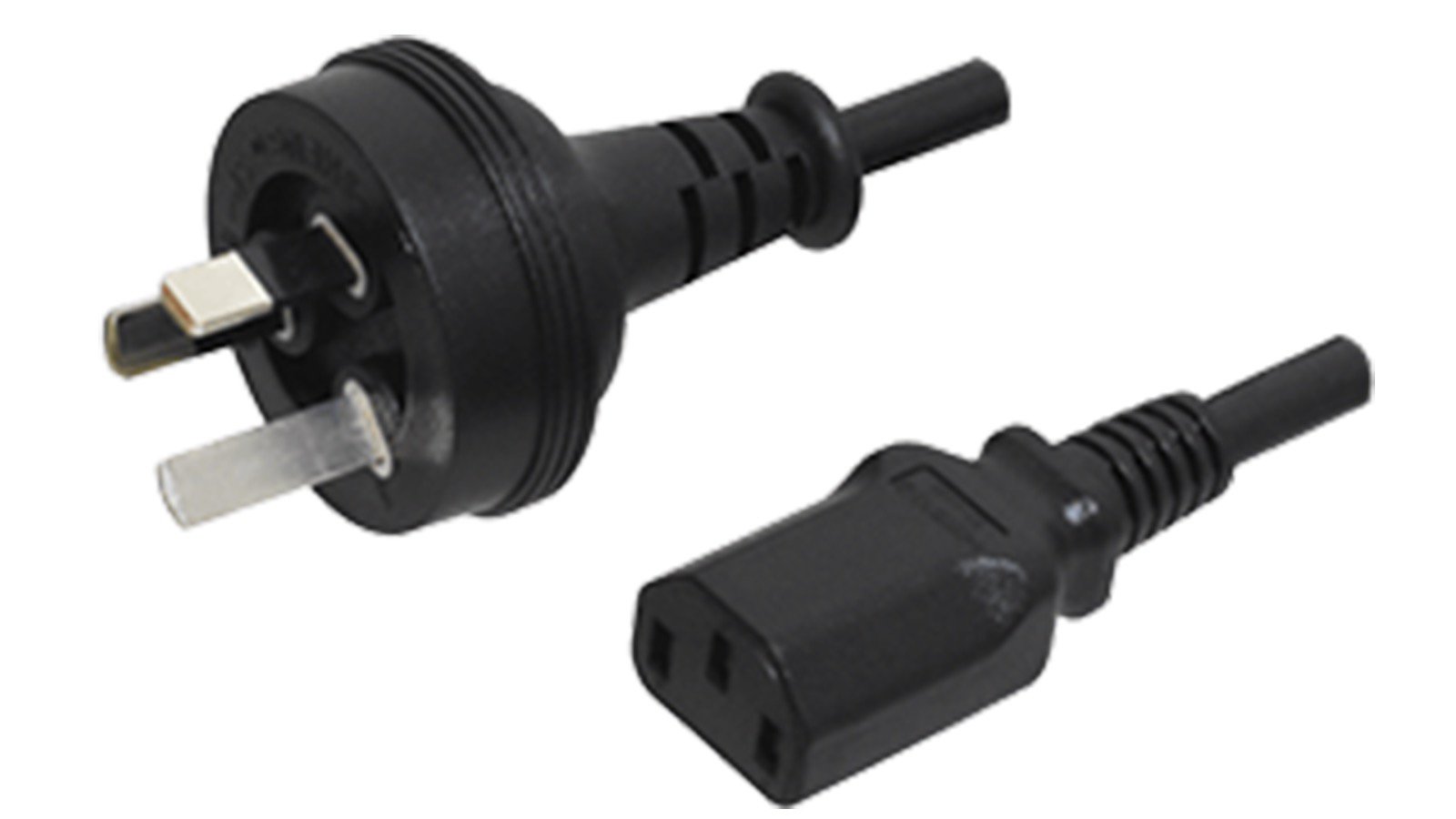
From the Crowd Supply Basics project.
An AC cable with an AU plug and a C13 plug to fit a C14 port.

· mntmn@mastodon.social · mntre.com
We are driven by the idea of a digital future that is open-source, accessible, and modular. Our innovative, interdisciplinary team sets high standards in terms of quality and sustainability. We combine these principles by developing open source hardware, software, and textiles in Berlin, Germany.